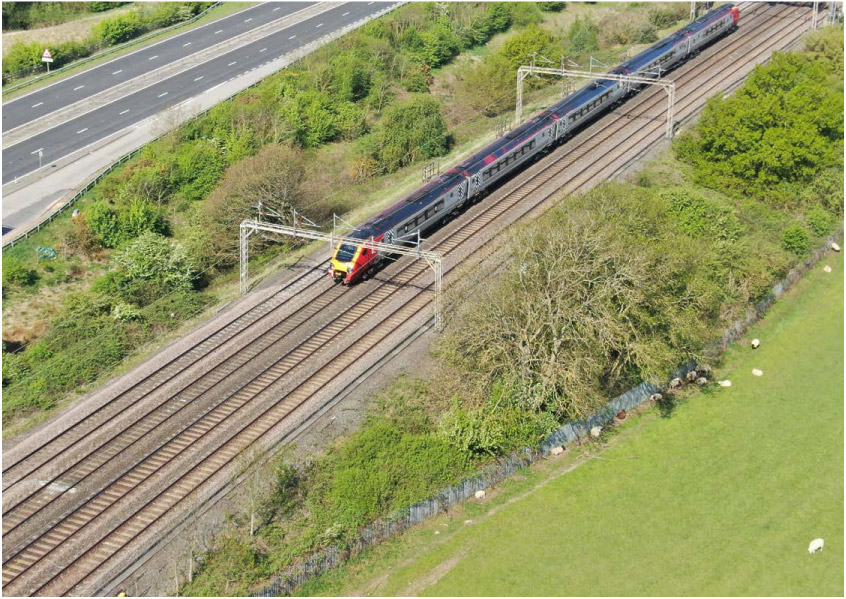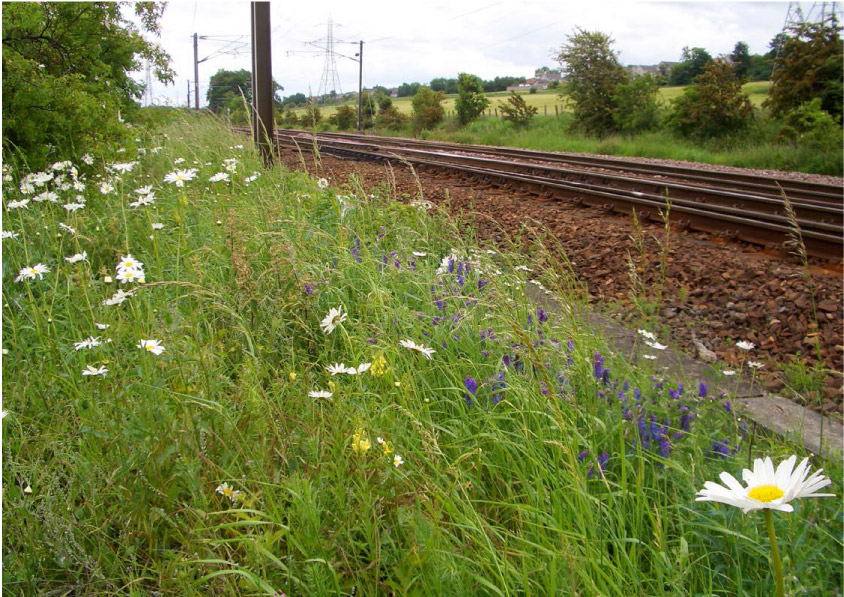Network Rail has published its ambitious and forward-looking Environmental Sustainability Strategy which forms a key part of its ambition for rail travel to be the cleanest, greenest form of mass transport.
Although rail is already one of the greenest ways to travel, Network Rail wants to make it even greener so it can help tackle climate change and play a leading role in helping to build a green economy.
This is particularly important in the wake of the coronavirus pandemic. Though the long-term effects of the pandemic are not yet known, the railway has a huge role to play in supporting the government’s ambitions to build back better. Network Rail wants passengers to know that it is committed to making the network as environmentally sustainable as possible.
The Environmental Sustainability Strategy is a guide to how Network Rail plans to manage the way the railway is run, to leave a lasting, positive environmental legacy for future generations. By the autumn, Network Rail expects to be the first railway organisation in the world to have science-based targets for reducing carbon, supporting delivery of the legal 2050 net-zero greenhouse gas emissions target through an affordable and deliverable programme of decarbonisation and work closely with our supply chain to reduce the industry’s overall emissions.

The strategy also sets out important commitments around protecting the railway from the effects of climate change, improving biodiversity and minimising waste. Planting more trees and developing long-term strategies to improve the railway’s resilience in the face of climate change are just some of the ways the infrastructure owner will maximise the positive contribution of rail for its passengers, society and the UK economy, while minimising any negative impact on our natural environment.
Commenting on the launch of the Environmental Sustainability Strategy, Martin Frobisher, director of safety, technical and engineering at Network Rail, said: “Our aim is to serve the nation by providing the cleanest and greenest form of mass transport.
“We begin from a strong starting point. Rail is already green compared with other modes of transport but there is still a lot more that we can do. Today we are launching ambitious plans to reduce our emissions, improve our resilience to climate change and to be good for nature in the places where we operate.
“It is an exciting plan with many detailed commitments which will enable us to meet our targets. We will be working closely with our suppliers and with other industry partners to deliver these commitments.”
Susie Homan, director of people, operations and railway strategy for the Rail Delivery Group, added: “The railway has a key role to play in driving a green recovery from COVID and helping Britain reach our net-zero emissions targets. As well as finding solutions for the increasing challenges of climate change, all parts of the railway are working together to see how we can make our green mode of transport even greener, with more electrification, minimising waste and continuing the rollout of even more eco-friendly trains.”

David Clarke, technical director at the Railway Industry Association (RIA), commented: “Rail travel is already a low carbon mode of transport, but there is always more the industry can do to make our railways greener, to adapt to the growing threat of climate change, improve air quality, reduce the amount of materials we use and protect and encourage new ecosystems and habitats for wildlife.
“Network Rail’s Environmental Strategy sets out a clear path for making our railways even more environmentally-friendly, and it is a plan that rail suppliers are keen to support. Rail businesses across the country have the skills, innovative thinking and drive to minimise the network’s impact on the planet.
“Getting started now will also stimulate an economic recovery following the Coronavirus pandemic, creating jobs and investment across the UK, ultimately delivering a high-performing, sustainable transport system for the future.”

